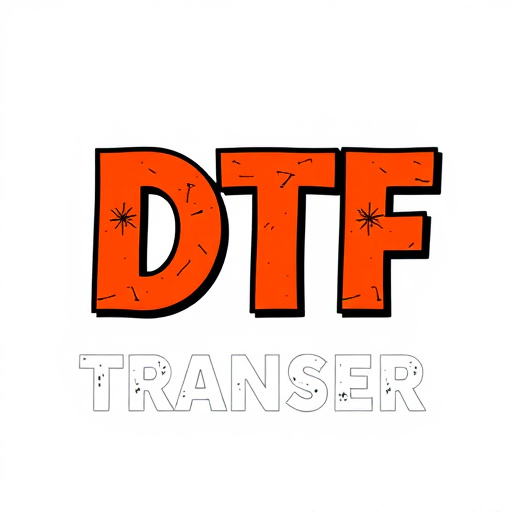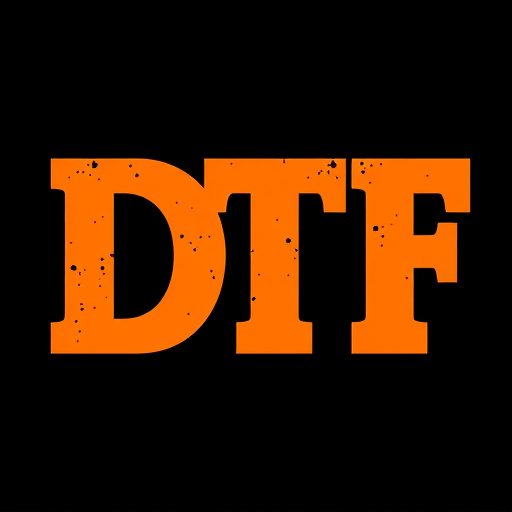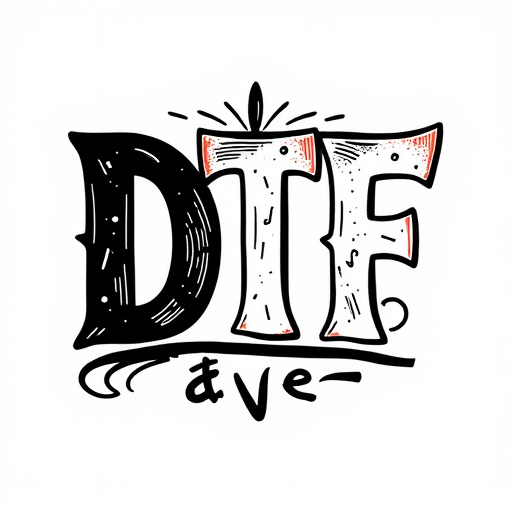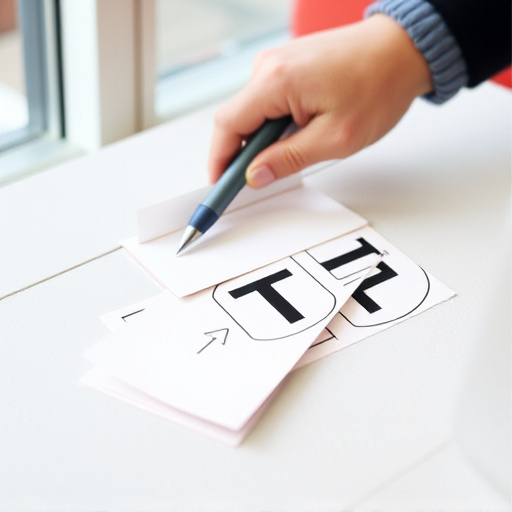Direct-to-fabric (DTF) transfers are a groundbreaking technology for textile printing, offering unparalleled durability and vibrancy. This method uses heat-transfer vinyl (HTV) to bond prints directly to fabrics, ensuring resistance to washing, wear, and tear. Ideal for branding merchandise, custom apparel, and home textiles, DTF printing transforms commercial design with its precision, speed, and versatility. Its superior performance in outdoor signage, apparel production, and personalized items makes DTF transfers a preferred choice for businesses seeking long-lasting, visually appealing products. With technological advancements driving innovation, the future of DTF looks bright across various industries.
“Discover the game-changing potential of DTF (Direct-to-Fabric) transfers for commercial applications. This cutting-edge technology offers unparalleled durability and versatility, transforming the way businesses approach custom printing. From vibrant, long-lasting designs on apparel to intricate details on promotional items, DTF Printing sets a new standard.
Uncover the secrets behind its success, exploring advantages, diverse applications, and the unique process that ensures superior quality. We’ll also delve into future trends, making this an essential read for anyone interested in the latest advancements in DTF technology.”
- Understanding DTF Transfers: A Brief Overview
- Advantages of DTF Printing for Commercial Use
- Applications: Where DTF Transfers Shine
- Durability and Quality: What Makes DTF Stands Out
- The Printing Process: Step-by-Step Guide
- Future Prospects: Trends in DTF Technology
Understanding DTF Transfers: A Brief Overview

Direct-to-fabric (DTF) transfers have emerged as a game-changer in the world of textile printing, offering extended durability for commercial applications. Unlike traditional methods that can fade or crack over time, DTF transfers provide vibrant, long-lasting prints on a variety of fabrics. This technology involves applying a thin layer of heat-transfer vinyl (HTV) to a design using specialized equipment, enabling precise and detailed DTF printing.
The process ensures that the print is directly bonded to the fabric’s surface, making it resistant to washing, wear, and tear. This makes DTF prints ideal for commercial uses such as branding merchandise, creating custom apparel, and even decorating home textiles. With their exceptional durability and versatility, DTF transfers are revolutionizing the way businesses approach textile design and printing.
Advantages of DTF Printing for Commercial Use
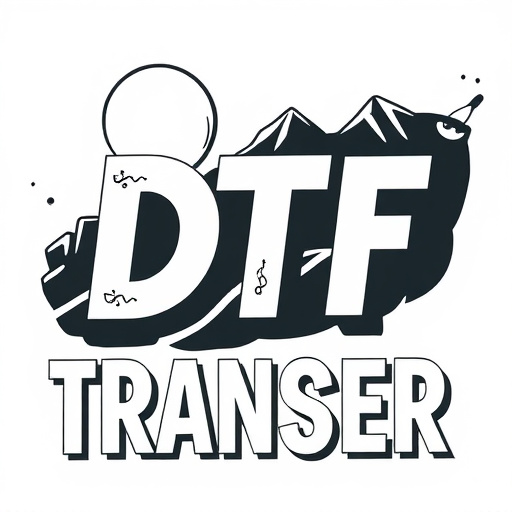
Direct-to-fabric (DTF) printing offers numerous advantages for commercial applications due to its extended durability and versatility. This technology allows for high-quality, long-lasting prints on a variety of fabrics, making it ideal for businesses looking to create durable and visually appealing products. DTF transfers are known for their ability to withstand rigorous washing, drying, and even outdoor exposure, ensuring that printed designs maintain their vibrancy and integrity over time.
Moreover, DTF Printing is an efficient process that significantly reduces production time and labor costs compared to traditional methods. It enables quick turnaround times, allowing businesses to meet tight deadlines. Additionally, the precision and detail achieved in DTF prints make it suitable for custom designs, branding, and personalized items, catering to the diverse needs of commercial sectors.
Applications: Where DTF Transfers Shine
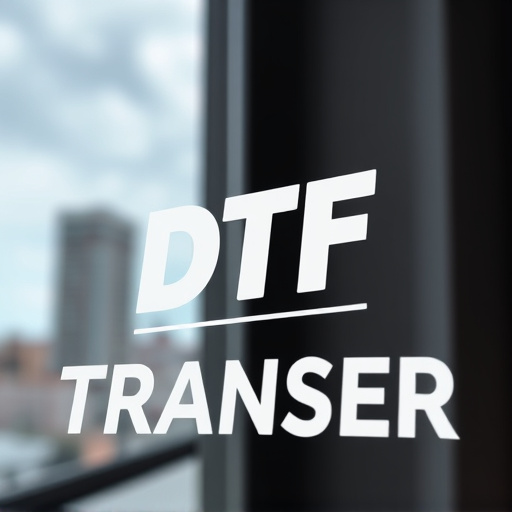
Direct-to-fabric (DTF) transfers have found their niche in various commercial applications, excelling in areas where traditional printing methods struggle. One of its key strengths lies in custom apparel and uniform production. With DTF Printing, businesses can effortlessly create unique designs, corporate logos, or personalized messages on t-shirts, aprons, caps, and more, catering to diverse client needs. The versatility of DTF Transfer allows for intricate details and vibrant colors, ensuring visually appealing final products.
Moreover, the technology is invaluable in the signage industry. Outdoor banners, billboards, and window graphics that demand durability and longevity benefit from DTF prints. These transfers can withstand harsh weather conditions, making them a preferred choice for businesses seeking long-lasting advertising solutions. The extended durability of DTF Transfers ensures their continued relevance in commercial spaces, providing businesses with an efficient and effective way to promote their brands.
Durability and Quality: What Makes DTF Stands Out
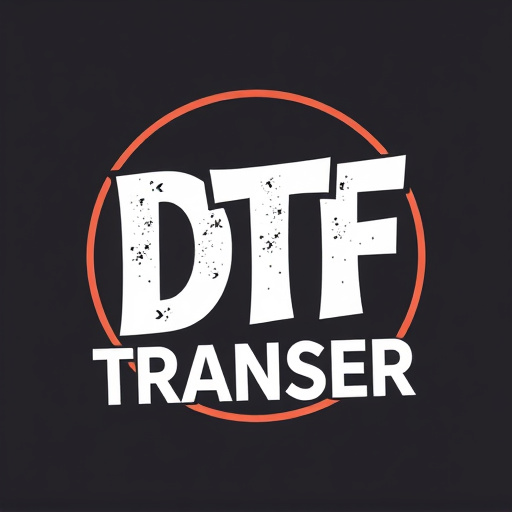
Durability and Quality: What Sets DTF Transfers Apart
In the realm of commercial applications, where longevity and reliability are paramount, Durable Transfer (DTF) technologies have emerged as a game-changer. DTF transfers offer extended durability, setting them apart from traditional printing methods. This advanced process ensures that prints remain vibrant and legible for years, withstanding the rigors of daily use.
What truly distinguishes DTF is its ability to produce high-quality, long-lasting prints on a variety of materials. The DTF Printing process involves precise application of heat and pressure, resulting in excellent color accuracy and crisp details. Unlike other methods that may fade or peel over time, DTF prints remain indelible, ensuring your message or design stays true for the lifespan of the material—from outdoor signage to promotional products, DTF offers a durable solution that enhances any commercial endeavor.
The Printing Process: Step-by-Step Guide
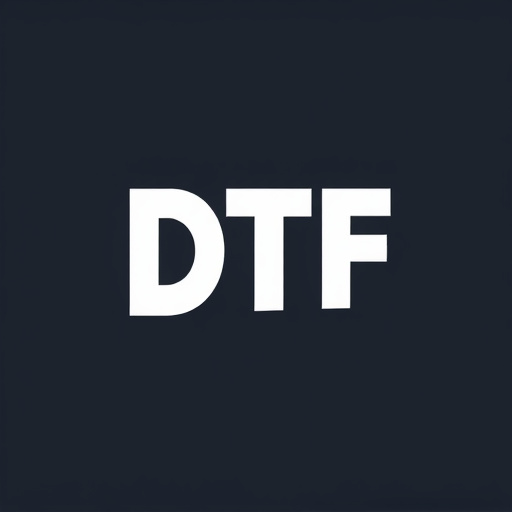
The Direct to Form (DTF) transfer process is a revolutionary technique in the world of commercial printing, offering extended durability for various applications. Here’s a step-by-step guide to this innovative method:
1. Design Creation: Start by designing the artwork or image using specialized software. This design should be optimized for DTF printing, ensuring all elements are precise and prepared for the next stages.
2. Screen Preparation: A mesh screen is coated with a photosensitive emulsion. This screen acts as a stencil, allowing ink to pass through specific areas while blocking others. The screen is then exposed to UV light, hardening the emulsion and creating a negative image of your design.
3. Ink Application: Choose the appropriate ink for your DTF print. Ink is applied to the screen using a roller or brush, ensuring even coverage. The design becomes visible as the non-exposed emulsion washes away, leaving an exact stencil of your artwork.
4. Substrate Placement: Position your chosen substrate, typically a fabric or plastic material, underneath the screen. Ensure it’s secure and aligned correctly. This step is crucial for achieving accurate DTF prints.
5. Ink Transfer: Press the screen down onto the substrate, allowing ink to pass through the open areas of the stencil. The result is a precise transfer of your design onto the substrate, creating vibrant and durable DTF prints ready for various applications, from clothing to signage.
Future Prospects: Trends in DTF Technology
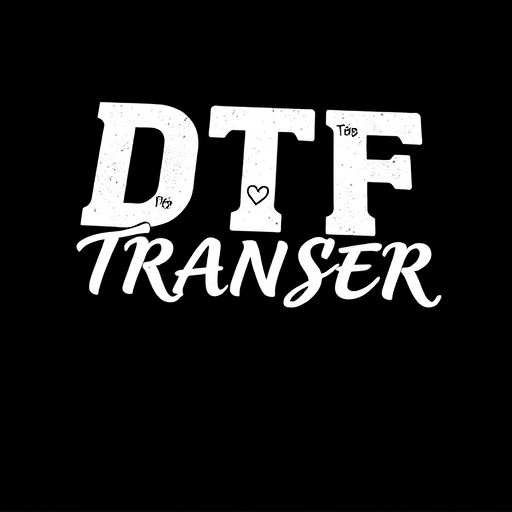
The future of transfers with extended durability (DTF) for commercial applications looks promising, driven by advancing technology and evolving market demands. DTF Printing is no longer confined to specific industries; its versatility now extends across diverse sectors, from apparel to signage and even automotive interior design. As manufacturing processes become more sophisticated, DTF Transfers are expected to offer enhanced customization, allowing businesses to create unique, high-quality prints with intricate details.
Trends suggest a move towards sustainable and eco-friendly DTF solutions, with manufacturers focusing on developing inks that reduce environmental impact without compromising durability. Additionally, the integration of digital technologies, such as advanced print engines and intelligent design software, promises to streamline production, improve efficiency, and deliver even more remarkable DTF Prints. These innovations not only enhance the overall printing experience but also contribute to the growing demand for long-lasting, visually appealing, and cost-effective commercial transfers.








